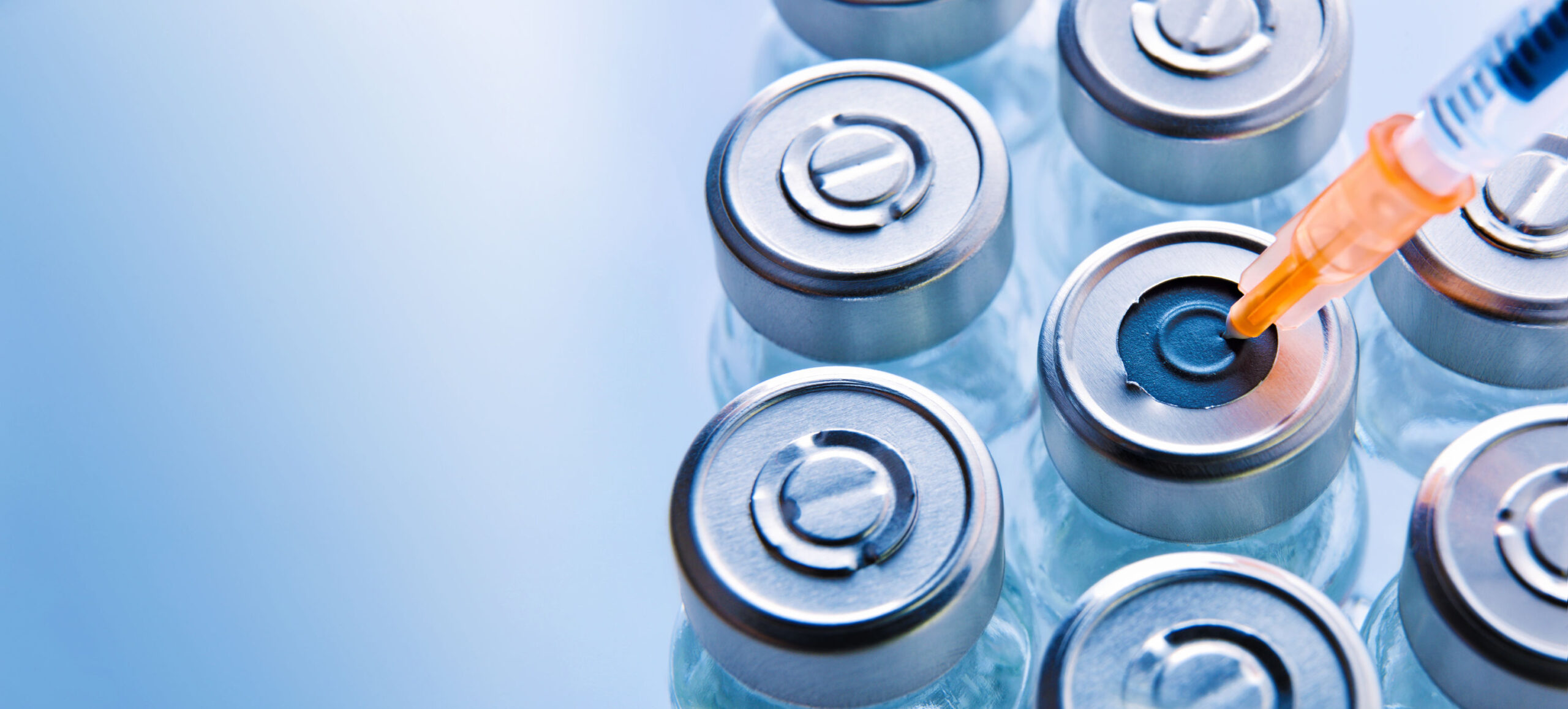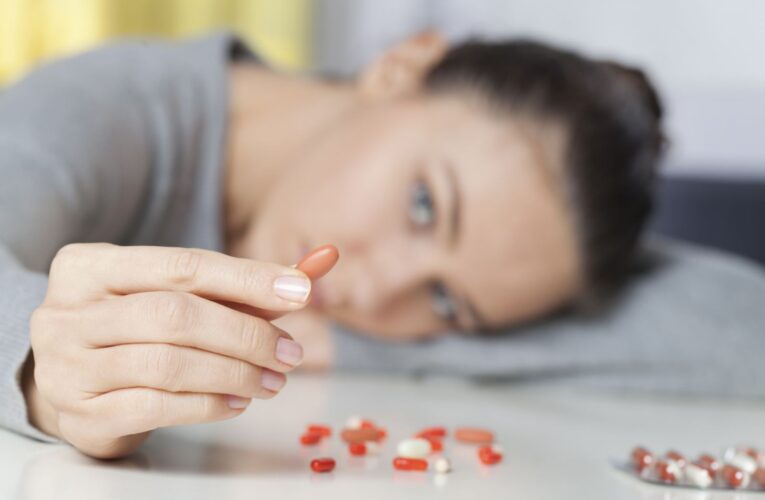Are you missing a drug and don’t have a prescription? Here’s what to do
Has it ever happened to you that you urgently need a drug but you do not have a prescription? We try to understand together how to behave in this circumstance, the procedure to follow in order to receive the drug anyway and what are the cases in which the medicines are considered urgent and to which, therefore, often an exception is made in the event of not having the prescription medical. So is it possible to have a drug without a prescription?
What is it and what is the prescription for?
The so-called recipe represents a very important document through which the doctor advises his patients to take a certain medicine or to undergo a specific medical examination.
It can be a red or white recipe: in the first case it is a question of prescriptions for medicines, examinations or specialist visits to be paid by the National Health System in a total or partial manner (to which patients only have the burden of contributing through the payment of the ticket).
In the case of a white recipe, on the other hand, these are drugs or health services that cannot be prescribed and, therefore, completely borne by the applicant. Furthermore, it is important to remember that, at present, the electronic prescription is in force that has allowed a centralization of the data, the digitization of health information and the dematerialization of the documents necessary to access certain assistance services.
When a drug is considered urgent
Usually, for medicines that require a medical prescription, the pharmacist is required to sell them only with the presentation of the same (with the electronic prescription, the patient presents the pharmacist with a reminder and it will then be his task to go back to the recipe via the portal ).
In some cases, however, when the drug is considered urgent, the pharmacist can deliver it even without a prescription..
The first hypothesis that allows the pharmacist to sell prescription drugs, without having the recipe, is the case in which the medicine is necessary for chronic diseases (for example diabetes, obstructive pulmonary disease, hypertension, etc.). In this circumstance the pharmacist can supply the medicine on condition that there are elements that show that the patient is following a treatment with that drug (such as a document in which the pathology of the subject and the drug he takes, and other recipes of the patient related to that drug and so on).
The second hypothesis foreseen by the decree, to obtain a drug without a prescription. Here too is necessary to present “evidence” of the treatment in progress (such as an empty box or a bottle used).
The third and final hypothesis, on the other hand, Provides for the Possibility of delivering drugs without prescription in the event that the prescription drug is needed after discharge from a hospitalization issued at most two days before and as long as the continuation of therapy is recommended with that drug. In addition, it is possible to sell without a prescription if it is insulin or single-dose antibiotics.











